Experience Local Culture
The city of New Orleans is home to many wonderful museums that lovingly display facets of our history and culture either succinctly or by delving into larger themes that bring in visitors from all over.
The New Orleans Museum of Art, the National WWII Museum, the Ogden Museum of Southern Art, and Mardi Gras World see tens, or even hundreds, of thousands of visitors annually, which is a massive boon to the city's economy. Beyond those, there are dozens of smaller museums that have just as much knowledge to offer.
Irish Cultural Museum & American Italian Cultural Center
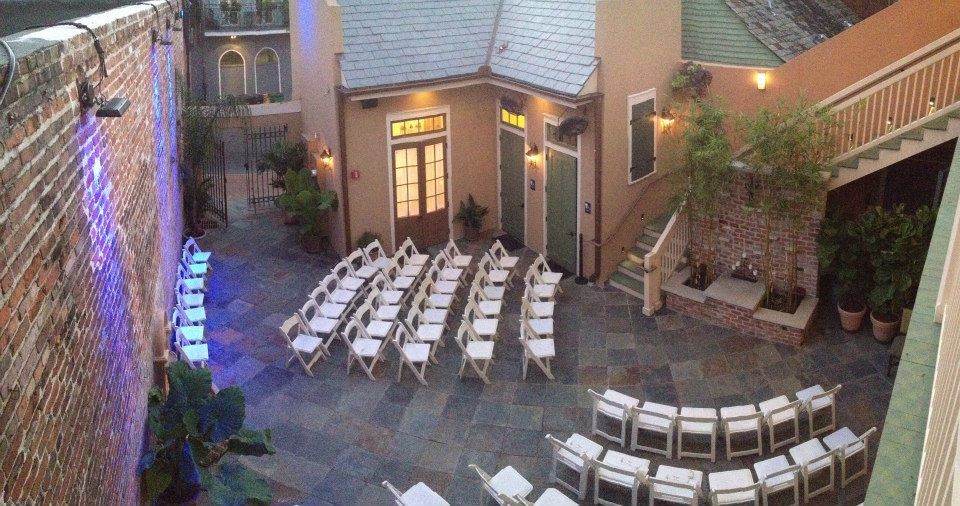
Located in the French Quarter, the Irish Cultural Museum explores the history of Irish immigrants in New Orleans and their contribution to working on the city's infrastructure. Visitors can also stop by St. Pat's Irish Coffeehouse for an authentic and tasty Irish coffee. Much like the Irish, Italian citizens immigrated to New Orleans and became an important part of New Orleans culture. The American Italian Cultural Center's museum shows how Italian immigrants to New Orleans influenced our food, religious events, and art.
The Museum at the Old Ursuline Convent
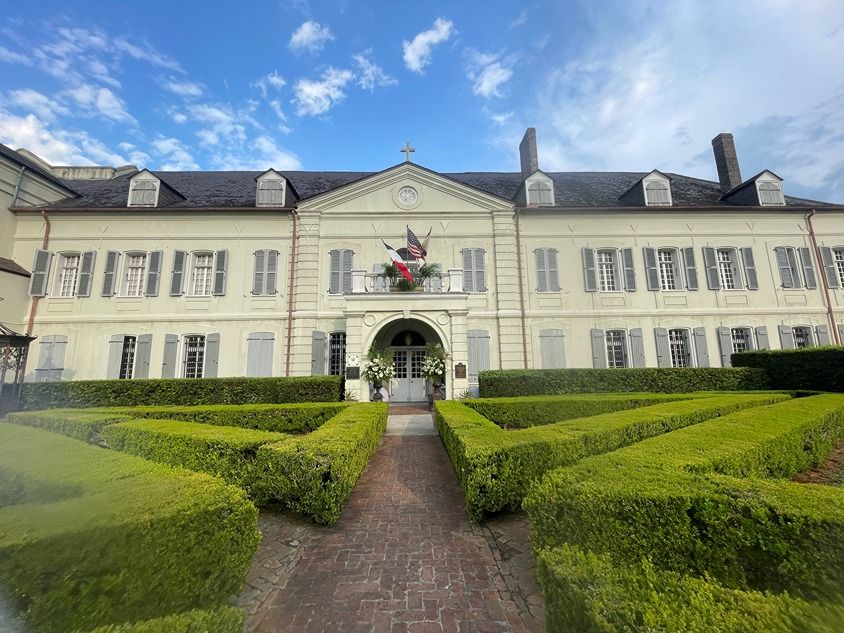
Behind the tall walls of the Old Ursuline Convent in the French Quarter lies the oldest building in the Mississippi River Valley (completed in 1752), which houses fascinating relics, mind-blowing architectural features, and wonderful history. The Museum at the Old Ursuline Convent details early New Orleans history as the Catholic Church played a prominent role in its formation. Subjects and topics featured throughout the hallowed rooms include the Great Fire of 1788, the Battle of New Orleans, the Louisiana Purchase, and the Ursuline Convent's own indelible history. The convent was populated by French nuns who made a perilous months-long journey over sea and a dangerous days-long trip over land and marsh to reach this new city.
The guided tour is the best way to glean all of the interesting bits of history at the Ursuline Convent. The beautifully painted cypress and pine tongue-in-groove ceiling of St. Mary's Church is breathtaking, as is the jewel-encrusted monstrance from the 1938 Eucharistic Congress. The staircase, made in 1734, features a wrought iron banister, and the 1753 ceiling beams visible in the Ursuline Room are whole cypress trees. The tiny bricked room is chilly inside as it was constructed to be fireproof for paper archdiocesan records. Today, it holds reliquaries of saints—ornately displayed bone fragments. Visitors aren't able to access the attic because that's where the rotating exhibit artifacts are stored, not vampire coffins.
Pontchartrain Conservancy's Lighthouse & The Germaine Cazenave Wells Mardi Gras Museum
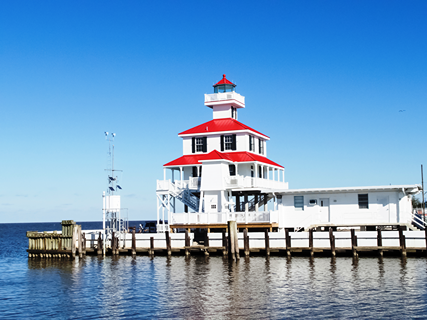
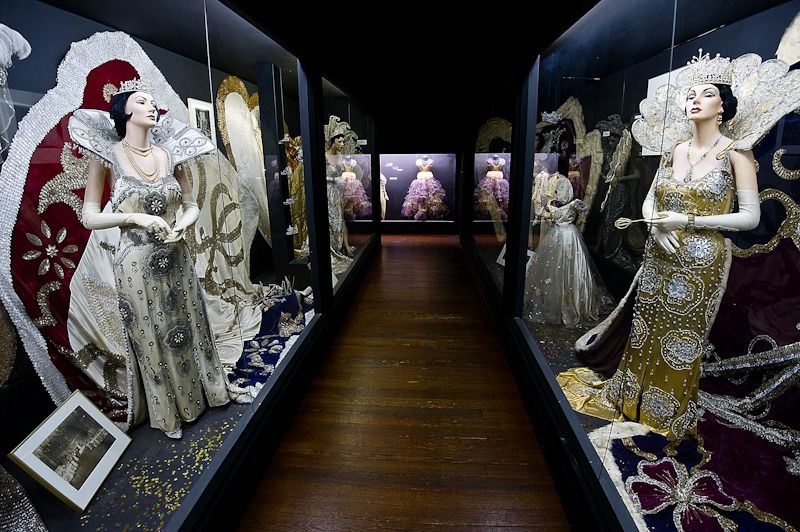
Not only can you tour the Pontchartrain Conservancy's Lighthouse at Lake Pontchartrain to learn about its history, you will learn how the Pontchartrain Conservancy is working to restore coastal wetlands and preserve the water quality of the lake and its watershed. Children can enjoy the Interactive Sandbox, where they can build land and see how rainwater flows.
The Germaine Cazenave Wells Mardi Gras Museum sits on the second floor of Arnaud's Restaurant and features the costumes of Mardi Gras royalty, including 13 of Germaine Cazenave Wells' own lavish queen gowns. The exhibit also has krewe invitations, photos, and masks. The museum is free and open during restaurant hours.
Federal Reserve Bank of Atlanta New Orleans Branch
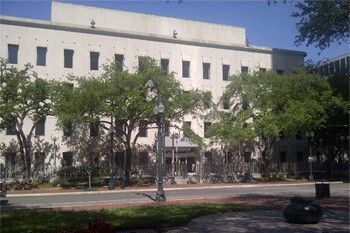
Since 2013, the Federal Reserve Bank of Atlanta New Orleans Branch on the corner of St. Charles Avenue and Poydras Street has welcomed visitors wanting to learn about the city's financial history. The Museum of Trade, Finance, and the Fed holds a wealth of information about how commerce shaped this economically-vital port/river city. The New Orleans Branch of the Federal Reserve is the oldest branch in the system, created in 1915, just two years after President Woodrow Wilson signed the Federal Reserve Act to create a central banking system. Previously, regions made their own currency systems, which had little to no value outside of their area. The Federal Reserve system allowed one currency system to be in place throughout the nation. The 12 Federal Reserve Banks and their branches distribute cash to local banks, remove soiled currency from circulation, and handle payment systems like checks and credit cards.
The museum details what commerce and trade were like before the Fed, as well as how this branch helped support economic and financial growth of the city in the 20th century. Even during Hurricane Katrina, the branch moved cash to banks and took mud-soaked cash out of circulation so that new cash could be distributed. The Museum of Trade, Finance, and the Fed is free and open to the public Monday through Friday, from 9 a.m. to 4 p.m. Visitors will leave with a few complimentary goodies, including a bag of real cash shredded up at the New Orleans Branch. As this is a federal building, all visitors over the age of 18 must present a photo ID, and you may undergo metal detection.
More NOLA Museums
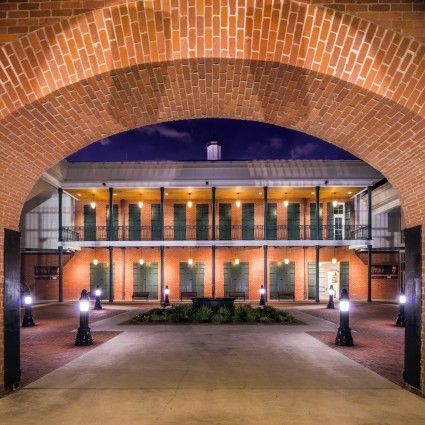
The New Orleans Fire Museum and Educational Center allows curious citizens to step into the former Station #23. The station was built in 1851 and was the last station to get fire trucks in 1922, ending the use of horse-drawn carriages. It was closed in 1991 and reopened as the museum in 1996. The Fire Museum is open by appointment only but is free to enter.
Military history buffs will want to visit the Ansel M. Stroud Military History and Weapons Museum on the grounds of the Louisiana National Guard facility. The museum features imposing military vehicles from World War I to the Iraq/Afghan Wars. You can learn about the Louisiana National Guard's role in the Spanish American War 1898 and see artifacts from hundreds of years ago.
Even lifelong New Orleans residents will learn something new about their hometown at these fine cultural institutions. Plan a visit or check out the museums' websites to keep up with special events.

